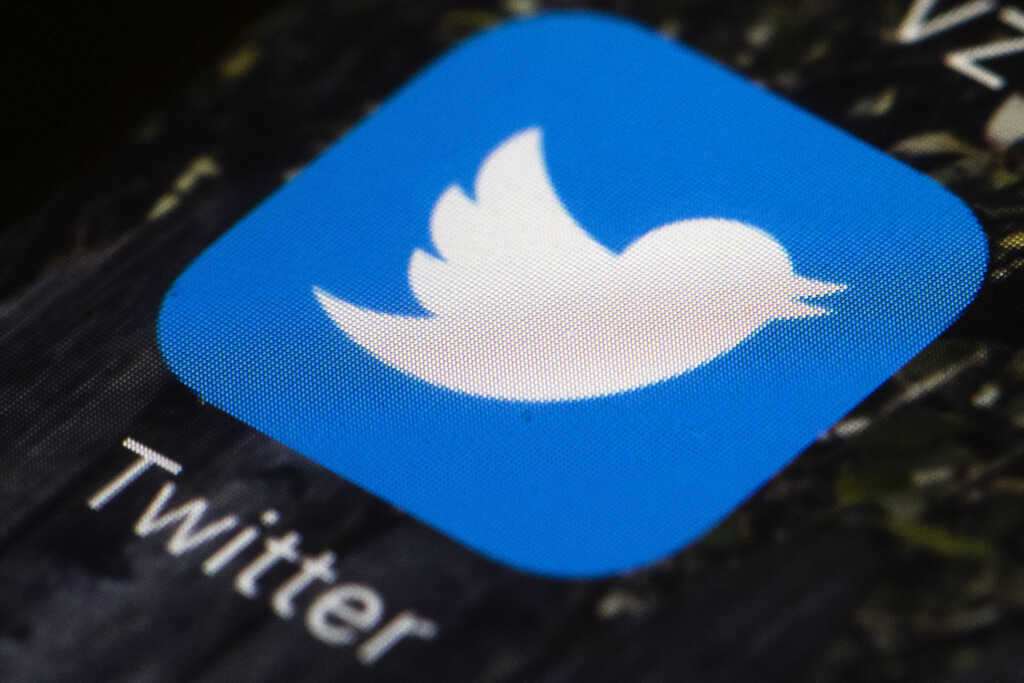Twitter has launched a new feature called “Birdwatch,” which it said is aimed at censoring what the company deems “misinformation.”
The new “community driven” initiative — a pilot program for now — essentially ask volunteers to become social media hall monitors, giving them the freedom “to identity information in tweets they believe is misleading and write notes that provide informative context.”
The user-generated “fact-checking” system will give participants power to add notes to posts published by other people. At first, those notes will be available on a separate website with the intention to eventually adding the feature to the main site.
In a statement to Reason, Nick Pickles, director of public policy strategy and development for Twitter, said the platform’s executives made the decision to launch “Birdwatch” because Twitter uses “desire to be part of the conversation” regarding the site’s “content moderation,” which has, he said, moved “beyond a framing of deciding whether things are true or false or not.”
For the time being, the notes added to tweets “will not have an effect no the way people see tweets or our system recommendations,” said Keith Coleman, vice president of products for Twitter.
Reason senior editor Robby Soave tried out the feature, and this is how he described it:
The concept is intriguing: Notes will be written by Twitter users who have signed up for Birdwatch. The idea is to provide clarification; in the pilot program, participants could use a note to explain why a tweet is inaccurate, for instance. If another user thinks a note is wrong, they can add a note of their own. Participants will rate the helpfulness of other Birdwatchers’ notes, and eventually, Twitter will be able to prioritize the visibility of notes that were written by users who are highly rated.
Twitter, Soave explained, gave him the preview and “solicited my feedback.”
In the company’s blog post about the new feature, which will only be available to a handful of users at first, Coleman said he and his colleagues “believe this approach has the potential to respond quickly when misleading information spreads, adding context that people trust and find valuable.”
The move comes just weeks after Twitter permanently suspended the account belonging to now-former President Donald Trump, who was, at the time, the active commander-in-chief. The platform also censored a tweet posted by Trump to the @POTUS handle, the official government account for the sitting president of the United States.
Twitter argued at the time Trump’s posts were dangerous and any future tweets from the then-president carried with them the “risk of further incitement of violence.” The move came on the heels of a deadly riot inside the U.S. Capitol led by a fringe group of radical Trump supporters.



